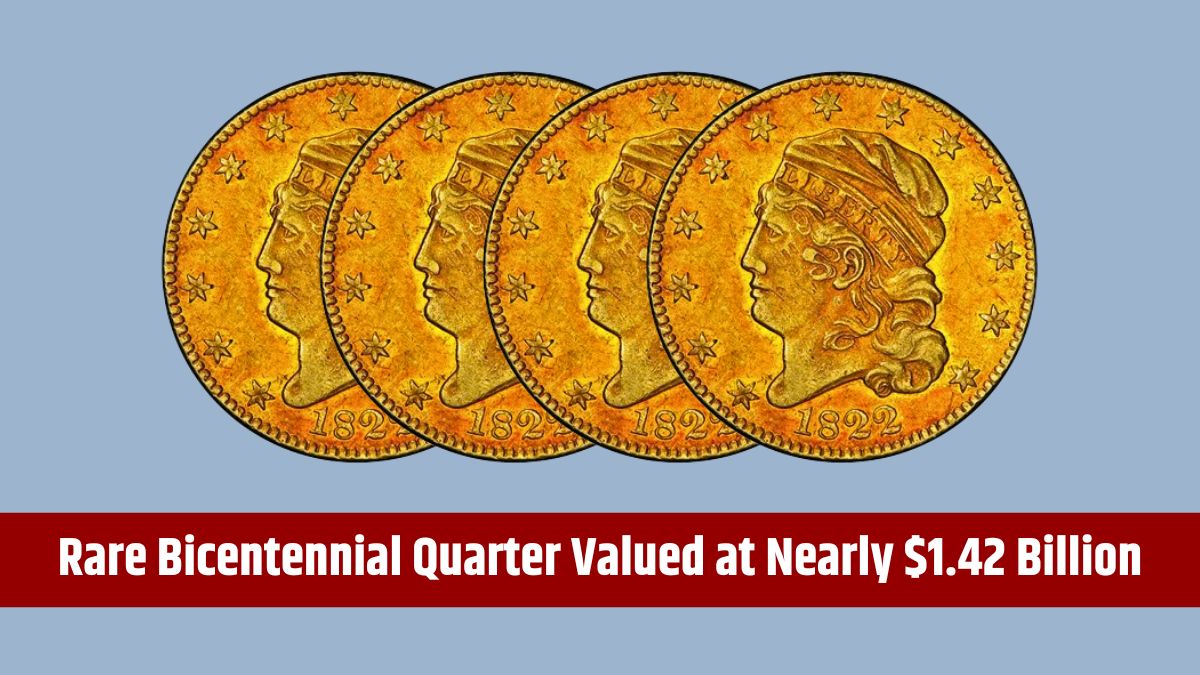Social Security has long been a cornerstone of financial security for millions of Americans. However, the system is currently facing serious threats to its stability and reliability. The April report from the Social Security Board of Trustees made it clear that urgent action is needed to address these challenges. Without timely interventions, the future of Social Security is at risk. Below, we look into the key issues threatening the system and the necessary steps to secure its future.
Demographic Shifts
One of the most significant challenges facing Social Security is the aging of the baby boomer generation. This demographic shift has led to a growing number of retirees relative to the working-age population. As more people draw benefits and fewer contribute through payroll taxes, the system is under increasing pressure. This imbalance threatens the long-term sustainability of Social Security and requires strategic planning and policy adjustments to manage the growing financial burden.
Fraud
While fraud and overpayments represent a small fraction of Social Security payments, they still pose a financial challenge. With the advancement of technology, fraudsters have become more sophisticated, as seen in programs like Electronic Benefit Transfer (EBT). The SSA must enhance its management and recovery efforts to reduce these financial losses, thereby maintaining the program’s integrity and public trust.
Misunderstandings
Misconceptions about Social Security’s operations and financial health can impede productive policy discussions. Clear, accurate information is essential to foster informed debates and guide the implementation of necessary reforms. Addressing these misunderstandings is crucial for gaining public support for changes that will secure the program’s future.
Low Interest Rates
The Social Security trust funds invest in government securities, and prolonged periods of low interest rates have reduced the returns on these investments. This decline in returns exacerbates the program’s financial difficulties, diminishing the funds available to meet future obligations. To bolster Social Security, it is essential to address the broader economic issues contributing to low interest rates.
SSDI Challenges
The Social Security Disability Insurance (SSDI) program is facing significant financial pressures due to an increase in claims. Effective management and strategic reforms are needed to ensure the SSDI program remains viable. A better understanding of healthcare needs and a focus on early intervention could help streamline the process and reduce long-term costs associated with untreated conditions.
Income Inequality
Income inequality poses a significant challenge to Social Security revenue. The cap on taxable earnings—set at $168,600 in 2024—means that high-income individuals contribute a smaller portion of their total income to the system. This cap limits potential revenue and exacerbates funding shortfalls. Addressing income inequality, possibly by raising or eliminating the cap, could provide a much-needed boost to the program’s finances.
COLAs
Cost-of-Living Adjustments (COLAs) are intended to protect the purchasing power of Social Security benefits. However, the current method of calculating COLAs, based on the Consumer Price Index for Urban Wage Earners and Clerical Workers (CPI-W), may not accurately reflect the inflation experienced by seniors, particularly in healthcare costs.
Shifting to the CPI-E, an index designed to better account for the expenses of those 62 and over, could provide more accurate adjustments. Although this change would increase costs in the short term, it could reduce the need for costly interventions later by helping seniors maintain their health and quality of life.
Economic Downturns
Economic recessions have a direct impact on Social Security by reducing payroll tax revenues due to higher unemployment rates. This reduction in revenue puts additional pressure on the system’s financial stability. To mitigate the impact of economic downturns, robust economic policies that promote job growth and stability are essential.
Healthcare Costs
Rising healthcare costs are another significant challenge for Social Security. These costs strain the SSA’s ability to manage disability and Medicare components effectively, indirectly affecting the program’s financial health. Preventative healthcare and early intervention strategies could help reduce these costs, easing the overall burden on the system.
Legislative Inaction
The reluctance of lawmakers to enact necessary reforms—whether through raising taxes, reducing benefits, or modifying eligibility criteria—threatens the long-term sustainability of Social Security. Proactive legislative measures are urgently needed to address these challenges and secure the program’s future for generations to come.
Technological Challenges
The SSA faces ongoing technological and administrative challenges as it adapts to serve a growing beneficiary population. Efficiently managing claims, ensuring payment accuracy, and reducing fraud are critical for the effective administration of the program. Investing in modern technology and improving administrative processes are essential steps toward sustaining Social Security.
The challenges facing Social Security are complex and multifaceted, but they are not insurmountable. By addressing demographic shifts, income inequality, healthcare costs, and the need for legislative action, we can work toward securing the program’s future. The time to act is now, before the situation becomes more dire.
FAQs
What demographic changes are threatening Social Security?
The aging baby boomer generation has led to more retirees drawing benefits, straining the system.
How does income inequality affect Social Security?
The cap on taxable earnings limits contributions from high-income earners, reducing potential revenue.
Why are current COLAs insufficient?
They are based on an index that may not accurately reflect the inflation experienced by seniors.
What impact do low interest rates have on Social Security?
Low rates reduce returns on the trust funds’ investments, worsening financial difficulties.
Why is legislative action crucial for Social Security?
Without proactive reforms, the program’s long-term sustainability is at risk.
















